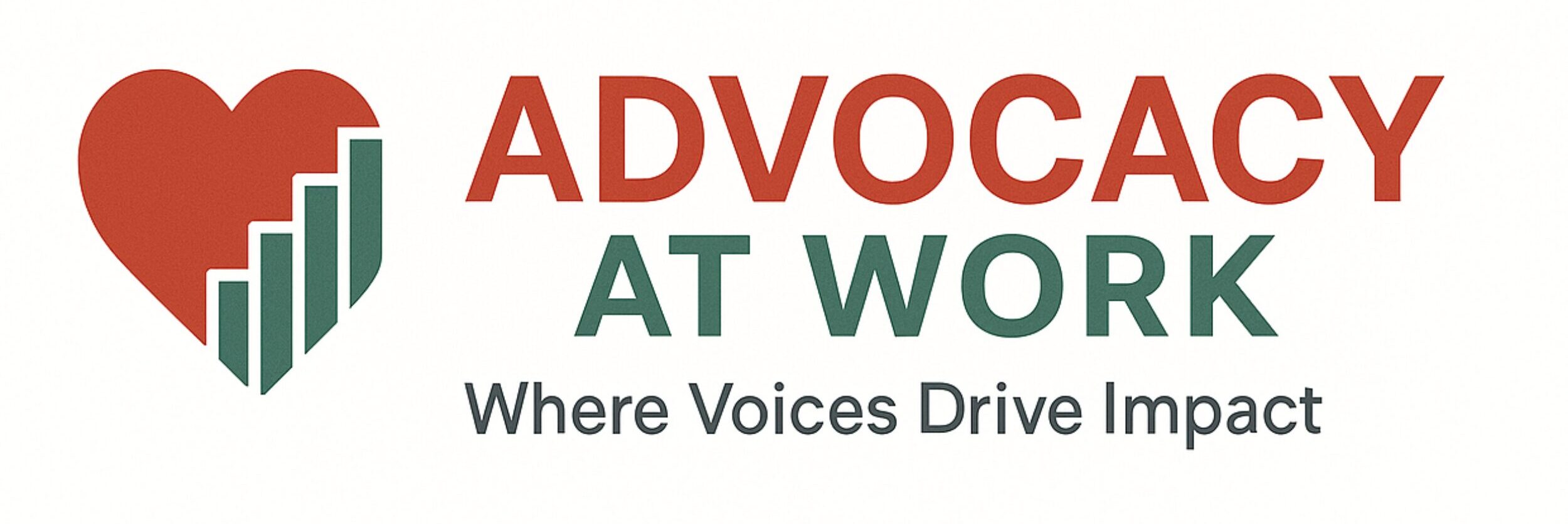Efficencies Through Advocacy
In today’s competitive business landscape, organizations are discovering that their most powerful marketing tool isn’t found in expensive advertising campaigns or sophisticated automation platforms—it’s hiding in plain sight within their own communities. Getting people in your community to start actively advocating for your organization can significantly enhance your ability to achieve business objectives while simultaneously requiring fewer resources and less effort.
The Power of Authentic Advocacy
Community advocates naturally broaden your reach by sharing your message within their own personal and professional networks, creating authentic word-of-mouth promotion that builds a strong sense of trust and credibility among potential customers. This organic form of marketing greatly reduces the need for costly advertising campaigns, extensive outreach efforts, and high-budget promotional activities.
Lululemon exemplifies this approach perfectly. The athleisure brand has built over $4 billion in revenue through community-driven marketing while keeping acquisition costs significantly below competitors like Nike. Lululemon’s Ambassador Program is unique in that it is local, decentralized and emphasises physical channels. These ambassadors are typically local community leaders like yoga instructors and fitness studio owners that embody Lululemon’s pillars of “sweat, grow, and connect.”
What makes Lululemon’s advocacy program distinctive is its grassroots, community-focused approach. Potential ambassadors don’t sign up through a web portal—instead, applicants visit a local store to apply for the program. This demonstrates how effective advocacy programs create authentic connections within existing communities rather than trying to manufacture artificial networks.
Building Sustainable Community Networks
Airbnb provides another compelling example of community advocacy at scale. Since 2016, more than 150,000 hosts have advocated for their local communities by sending more than 800,000 emails and tweets to local lawmakers. The company has structured its advocacy through Host Clubs and Community Leaders who bring local hosts together by hosting monthly virtual meetups and create vibrant local networks.
Nearly $8 million was directed in partnership with Hosts through Airbnb’s Community Fund, demonstrating how advocacy can extend beyond business promotion into meaningful community impact. This approach has created 85 Host Clubs – nearly double from last year – representing more than 30 countries, showing the scalable nature of well-designed advocacy programs.
The Strategic Advantage of Advocate-Driven Growth
The efficiency gains from community advocacy extend far beyond marketing cost savings. These advocates often provide valuable feedback, insights, and suggestions that can help refine your products or services and better align them with evolving customer needs and preferences. Cisco discovered they had many advocates who liked showcasing their networking expertise, so they started the Cisco Champions program, a community initiative that encouraged said advocates to talk about Cisco’s brand across their networks and social media channels.
In return, Cisco offered them networking opportunities with relevant peers, chances to highlight their expertise, and ways to improve their IT skills and knowledge. Examples of engagement included having influencers write articles on Cisco’s blog, participate in #CiscoChat on Twitter, take part in weekly podcasts interviewing Cisco experts, and appear in the Engineers Unplugged video series.
Research highlights that 70% of consumers say connected experiences are crucial to their loyalty, and advocacy programs create these connected experiences naturally. When community members become passionate ambassadors, they’re not just promoting your brand—they’re creating a collaborative ecosystem that drives innovation and improvement.
Creating Emotional Connections That Drive Results
The most successful advocacy programs understand that authentic advocacy stems from emotional connection, not just product satisfaction. Nike’s inclusive campaigns have fostered exceptional customer loyalty, with 78% of consumers feeling an emotional connection to the brand, demonstrating how values-based advocacy can drive measurable business results.
Advocacy is born from a lifecycle of engagement. It requires consistent positive interactions with a brand or product, creating transparency and trust. This means that building an effective advocacy program requires investment in relationship-building and community engagement, not just product quality.
Implementation Strategies for Maximum Impact
To harness the power of community advocacy, organizations should focus on creating what experts call “strength in numbers.” Strength in numbers is what it’s all about when it comes to advocacy. This involves:
Identifying Natural Advocates: Look for customers who already demonstrate enthusiasm for your mission and values. You probably already have customers ready to be advocates if they actively participate in the community, defend your brand when something goes wrong, and display enthusiasm for the product, industry, or your company.
Providing Value Beyond Products: Successful advocacy programs offer intrinsic rewards that align with advocates’ personal values and goals. Whether it’s exclusive access to information, opportunities for professional development, or chances to contribute to meaningful causes, the rewards should resonate on a deeper level.
Creating Systematic Engagement: Nonprofits should invest in training programs that equip supporters with the skills and knowledge necessary to engage in effective advocacy. This principle applies equally to businesses—providing your advocates with tools, resources, and training empowers them to be more effective ambassadors.
The Future of Efficient Growth
By empowering community members to become passionate ambassadors, you tap into a highly motivated and engaged group that drives sustainable growth, boosts brand awareness, and fosters long-term loyalty—all without the heavy investment of time, money, and personnel that traditional marketing and sales strategies typically demand.
In 2025, expect increased emphasis on data-backed metrics to justify program value, the blending of advocacy and marketing roles, and the rise of personalized outreach powered by AI. Organizations that build authentic advocacy programs now will be positioned to leverage these emerging trends effectively.
The evidence is clear: community advocacy isn’t just a nice-to-have addition to your marketing strategy—it’s becoming a business-critical approach that delivers measurable efficiency gains while building stronger, more resilient customer relationships. In an era where consumers are increasingly skeptical of traditional advertising, the authentic voice of passionate advocates provides the credibility and reach that money simply can’t buy.
